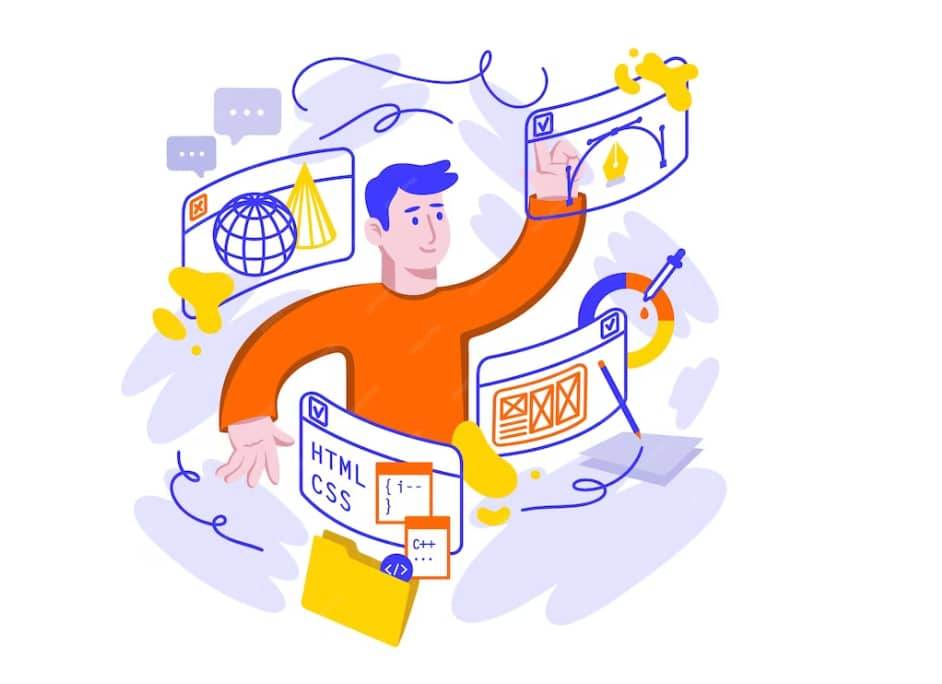How we comprehend, process, and retain information varies from one person to another. This understanding forms the foundation for the study of diverse learning styles. The way individuals assimilate knowledge largely hinges on their distinct personality types. While some people are more receptive to numerical information, others are more attuned to learning through illustrated or verbal presentations. This article elicits the nuances of four significant learning styles: The Myers-Briggs Type Indicator, Kolb’s Experiential Learning Style Model, Herrmann Brain Dominance Instrument, and Felder-Silver Model Style.
Exploring various learning styles models can greatly enhance the effectiveness of educational approaches, which is particularly pertinent when considering the implementation of webquests for middle school students.
The Myers-Briggs Approach to Learning
This learning style model derives from the ideologies of Carl Jung. The Myers-Briggs Type Indicator reflects four personality dimensions: where a person derives their energy (introversion versus extroversion), how they process information (sensing versus intuition), decision-making methods (thinking versus feeling), and organizational preferences (judging versus perception). By understanding these personality types, effective learning strategies can be devised. For a more in-depth explanation and to take a personality test, the Myers and Briggs Foundation website is a recommended resource.
Kolb’s Experiential Learning: An Action Approach

Kolb’s Learning Style Model also utilizes four facets to categorize learners. They include active versus reflective learners, sensing versus intuitive learners, visual versus verbal learners, and sequential versus global learners. A sequential learner, for instance, learns methodically through well-structured steps, whereas a global learner tends to grasp the overarching significance before focusing on details. For informative resources on this learning style model, consider Kolb’s Learning Style article on Business Balls and David A. Kolb on Experiential Learning on Infed.com.
Brain Dominance and Learning: Herrmann’s Approach
The Herrmann Brain Dominance Instrument (HBDI) is devised on the theory that one half of the brain has a dominant role. The brain, divided into a front and back half, is thus categorised into four regions and individuals may have dominance in one of these areas. This is closely correlated with their personality type.
- This learning style model is exceptionally instrumental in team environments – by deciphering each team member’s dominant brain region, tasks can be allocated according to their personalities, leading to enhanced results;
- The HBDI FAQ page provides informative resources on how organisations can leverage this learning style model including a link to the assessment tool itself.
Felder-Silverman Learning Style Model: A Combined Approach
Like the Myers-Briggs and Kolb Models, the Felder-Silverman Model (also known as the Felder-Silver Model) relies on four personality aspects that impact learning.
- They include active or reflective learners, sensing or intuitive learners, visual or verbal learners, and sequential or global learners;
- The interplay of these styles shapes an individual’s learning preferences;
- For a more comprehensive overview, refer to the Felder-Silverman Learning Styles Model article from Carleton University.
Application of Learning Styles Models in Real-World Scenarios

By understanding these learning models and their practical applications in educational and professional settings, we can create efficient tools that tailor learning and working methods to individual needs and strengths. These models allow for an enhanced understanding of personal proficiencies and areas for improvement.
Comprehension of these models enables individuals to optimize their performance by adapting approaches that align with their personal learning style. It facilitates more effective team collaborations by balancing diverse strengths and fosters an environment that promotes individual growth and overall team productivity.
Conclusion
The study and application of different learning style models serve as efficient tools in both academic and professional environments. By acknowledging and understanding these models, we can enhance learning strategies, optimize individual and team performance, and foster an environment for continuous personal and professional growth. These models underscore the significance of individuality and its impact on how we process and assimilate information. Therefore, by leveraging this knowledge, we can create effective strategies that cater to various learning styles, ultimately resulting in improved performance and productivity.